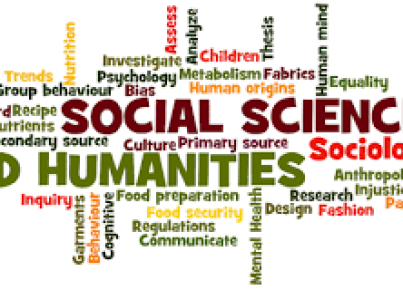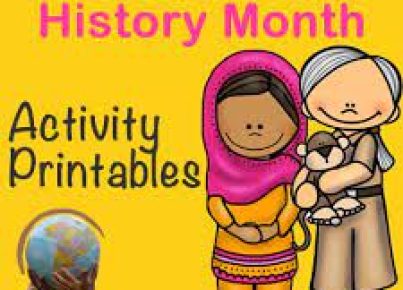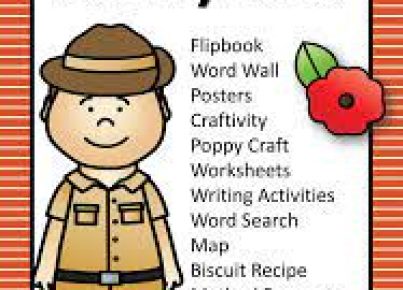Introduction:
Egypt has been known for its magnificent history, architectural wonders, and intriguing myths. To engage your students in learning about ancient Egypt, it’s crucial to tap into their fascination by introducing the myths and legends that shaped this ancient civilization. Here are 8 essential Egyptian myths your students should know.
1. The Myth of Creation:
According to Egyptian mythology, the world emerged from a vast ocean called Nun. From the waters emerged a lotus flower, and within its petals appeared Atum, the first god. Atum created the gods Shu (air) and Tefnut (moisture), who then gave birth to Geb (earth) and Nut (sky). Geb and Nut later became the parents of Osiris, Isis, Set, and Nephthys.
2 The Legend of Osiris:
Osiris was an ancient god who ruled Egypt; he was also the god of fertility, agriculture, and the afterlife. His brother Set became jealous of his power and killed Osiris by trapping him in a chest and casting it into the Nile River. Osiris’ wife Isis managed to recover his body but Set dismembered it into 13 pieces. Eventually, Isis found all the pieces and restored Osiris to life as the ruler of the underworld.
3. The Myth of Isis & Horus:
When Osiris was killed by Set, Isis gave birth to their son Horus. She raised him in secret while seeking her husband’s body parts. When he reached adulthood, Horus challenged Set for his father’s throne. After a series of intense battles between Horus & Set-symbolized by harsh weather both natural disasters -, Horus emerged victorious.
4. The Story of Ra & The Eye:
Ra was the sun god, who traveled across the sky each day in his solar boat. Each night he journeyed through the underworld, guided by magical spells in the Book of the Dead. The myth speaks of Ra’s ‘eye’, which was a separate entity sent by Ra to punish unfaithful and rebellious creatures on Earth.
5. The Legend of Anubis:
Anubis, the jackal-headed god, was the god of death and embalming. He helped preserve the deceased through mummification and guided their souls through the afterlife. In the Hall of Judgment, Anubis would weigh a person’s heart against the feather of truth (known as Ma’at) to determine their fate in the afterlife.
6. The Myth of Sobek:
Sobek, a crocodile-headed god, personified both protective and destructive forces in ancient Egyptian mythology. He played an essential role in maintaining stability along the Nile River by controlling fertility and floodwaters – critical factors for prosperous agriculture.
7. The Legend of Hathor:
Hathor, depicted as a cow goddess or a woman with cow’s horns, was associated with love, fertility, and motherhood. She was believed to protect newborns and nursing women. Hathor was also seen as a fierce goddesses who could unleash destruction when enraged.
8. The Tale of Thoth:
Thoth was responsible for guiding souls during their journey in the afterlife. As scribe of the gods and inventor of writing, Thoth also bore witness to weightings performed by Anubis in judgment halls.
Conclusion:
Introducing your students to these fascinating Egyptian myths will not only enrich their learning experience about ancient history but will also inspire them to further explore the captivating world of ancient Egypt. By understanding these stories that have endured for thousands of years, students gain insight into different facets of Egyptian culture and its impact on modern society.





